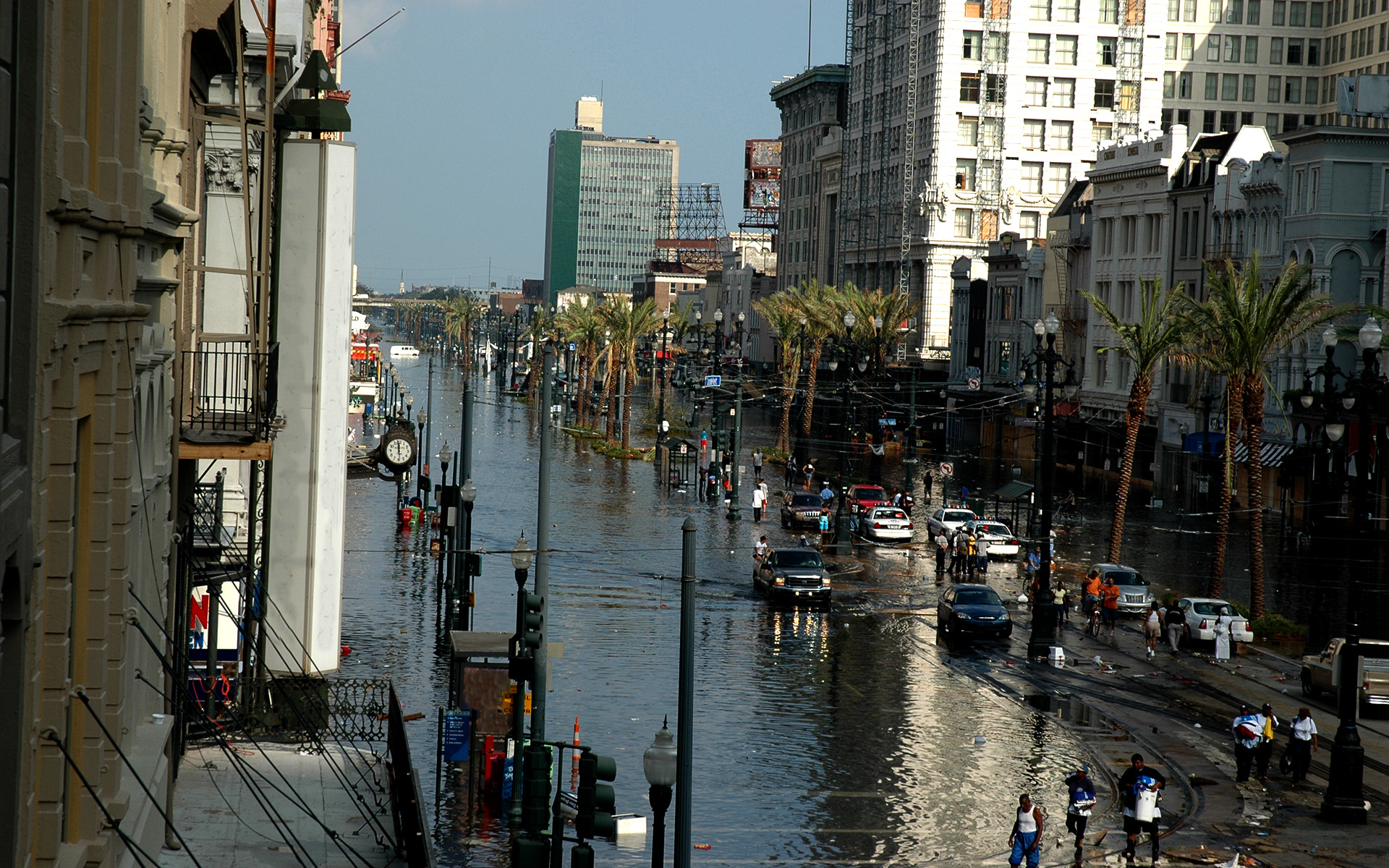George Guszcza, D.Eng., CPEM, CCM
President and CEO, National Institute of Building Sciences
My first visit to New Orleans was four years after Hurricane Katrina and 3 years after I left Iraq for the second time. Having been a part of large-scale reconstruction and rehabilitation programs as an active-duty military officer and as a federal civilian overseas, I was eager to help at home and support the New Orleans Recovery program that spanned 600 projects, $1.5 billion, and over 100 small and regional businesses as part of a private sector engineering firm. I was not prepared for the systemic challenges and hurdles that continue to harm American families and communities 20 years later. This week, our nation has focused on the story of Hurricane Katrina—the heartbreaking event, the heartwarming tales, the heartening efforts, and the heartlessness of unintended consequences and failures. Others are better equipped to share their stories, hardships, and hard-won lessons, which are available in every medium and on a myriad of platforms. We should all take time to read, watch, and reflect. And then we should strive to do better starting today and every day.
The U.S. now averages over two dozen billion-dollar disasters per year. Communities are taking years, sometimes decades, to recover. We should retrofit our buildings for resilience and build new ones with resilience in mind. This isn’t just smart, it’s economically essential. We should champion policies and practices established through legislative and agency programs, such as the National Earthquake Hazard Reduction Program (NEHRP), the National Windstorm Impact Reduction Program (NWIRP), and a new program specifically addressing wildfires. Our research shows that every $1 invested in mitigation and preparedness returns as much as $13 in avoided losses. However, we cannot expect homeowners and property managers to carry that cost alone. Our work makes clear that resilience must be a shared responsibility. The private sector, public sector, and policymakers must come together to finance, guide, and accelerate this sorely needed change.
The infrastructure meant to carry America forward is being asked to do more than it was ever designed to handle. Our buildings age. Our codes lag. Our systems fragment. But this isn’t about building better systems; our nation needs to build a system of systems. An integrated built environment and infrastructure hub that helps span Federal agencies and small businesses, material labs and main streets, code councils and construction sites. Katrina taught us that our nation not only needs but deserves a new way to proactively build and protect so that knowledge is shared, incentives align across public and private actors, and breakthroughs aren’t slowed down by bureaucracy, but scaled through it.

